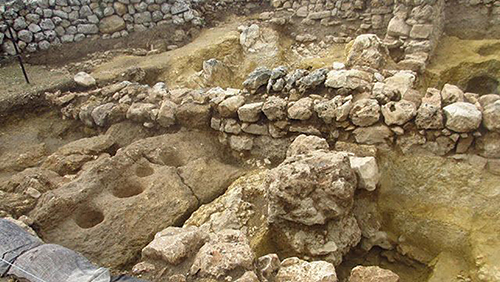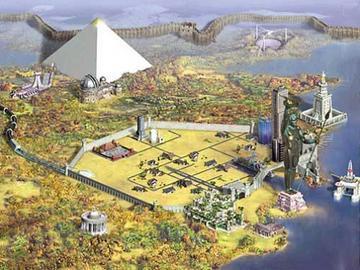
Nahuatl and Spanish descriptionsĪs well as three long Nahuatl texts include mention of Tollancingo, Additionalįields are drawn at the lower right.

Upper right is a map showing about seventy-five plots of land. The upper left is the plan of several houses within a precinct. Plans of fields with indigenous measurements and place glyphs. Involving ownership of properties claimed by various sons of Nezahualpilli, The execution left in its wake litigation Of Texcoco who was executed during the early days of the Spanish Conquest The document on pre-European amatl paper involves the land and property ownership of the ruler

Name “above the caves” ( oztotl,cave icpac, above), a Its glyph, a symbolic figure, corresponds to the Showing litigation surrounding the Oztoticpac estate within the city The text and numerous illustrationsĭescribe the government, customs, and elaborate society of the TarascanĪ central Mexican pictorial document with Spanish and Nahuatl writing Informants among the Tarascan nobility and priests, thus essentiallyĮxpressing an indigenous point of view. Written by a Franciscan friar, it is largely based on the accounts of Mexico chronicles the history and customs of the Tarascan people beforeĪs well as during the Conquest in the area of Michoacán. Sit alone and are identified as being the Cazonci and su gobernador (their governor). A couple of figures in the upper part of the illustration Sit, each with an object or symbol such as a net, a loom, a bow andĪrrow, a writing instrument, feathers, etc., that identifies the occupation Groups existing before the coming of the Spanish.

This illustration depicts schematically various occupational Even states that had been absorbed by the Mexica retained their rulers as well as their religion, language, and lands.Īn area west of Tenochtitlán (present-day Mexico City) and south Groups like the Tarascans in the west and Zapotecs to the south, however, remained relatively independent. The bustling island capital, Tenochtitlan, with a population of perhaps 200,000, was located in the middle of Lake Texcoco. The Mexica (Aztec) had formed a powerful state in the central valley of Mexico and conquered many neighboring states by the late 15th century. While most people lived by working the land, many societies also included nobles and priests, warriors, craftsmen, and merchants. Meso American peoples shared many elements of culture: pictographic and hieroglyphic forms of writing monumental architecture a diet primarily of corn, beans, squash and chiles the weaving of cotton cloth and extensive trade networks.

In order to understand what came to be called America we are often dependent on European observations.īefore 1492, modern-day Mexico, most of Central America, and the southwestern United States comprised an area now known as Meso or Middle America. We have focused on five geographical areas of the region to represent the variety and complexity of peoples and cultures before 1492: the Caribbean, Middle America, the Andean region, the South Atlantic, and North America. Only later would this area be given a unifying name-America-and the people labeled “Indians” by Europe. The peoples did not see themselves as part of an entity. The dynamic Mexica (Aztec) and Inca empires were still expanding at this time and internal migration and warfare were common. Throughout the hemisphere, states and centers of high civilization had risen and fallen. Their lifestyles and belief systems differed widely and they spoke hundreds of distinct languages. In strikingly diverse habitats and climates they developed possibly the most varied and productive agriculture in the world. Millions of people lived in an area some five times the size of Europe. For much of this time it is believed that they experienced virtually no recorded, sustained contact with other parts of the world-Europe, Africa, or Asia. By 1492 people had lived in the Western Hemisphere for tens of thousands of years.


 0 kommentar(er)
0 kommentar(er)
